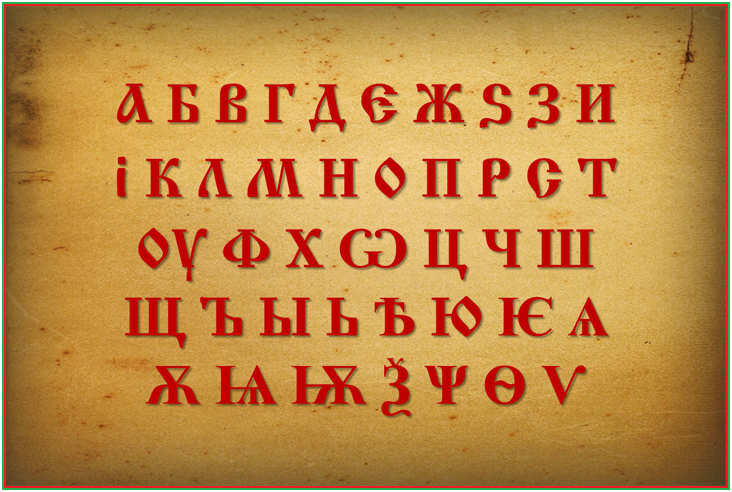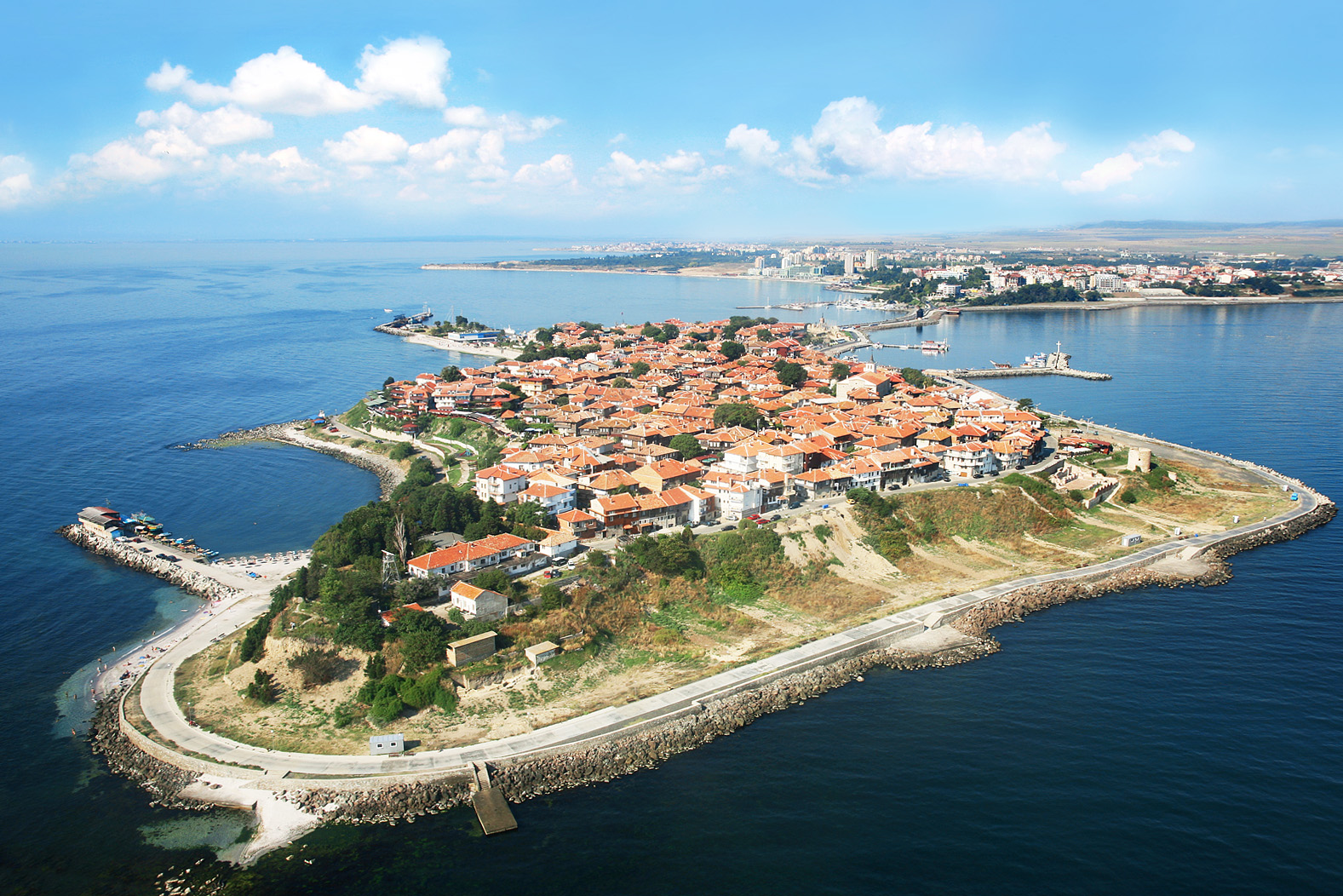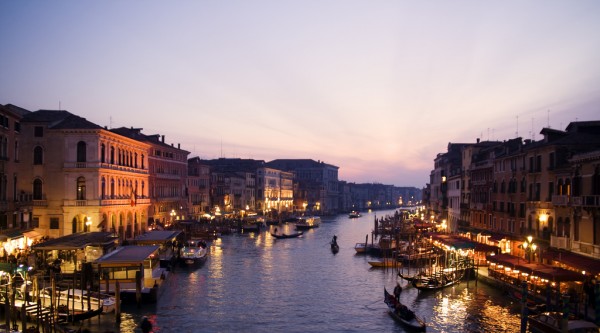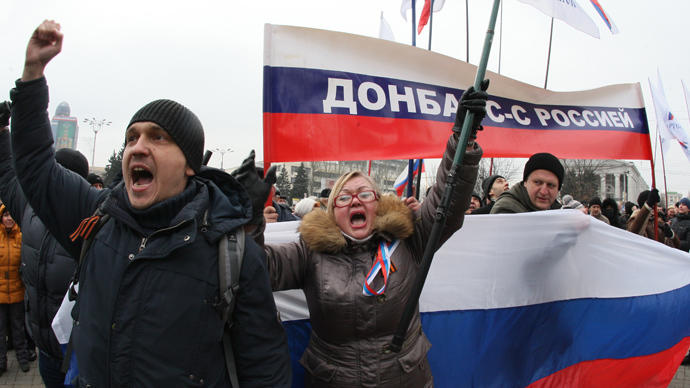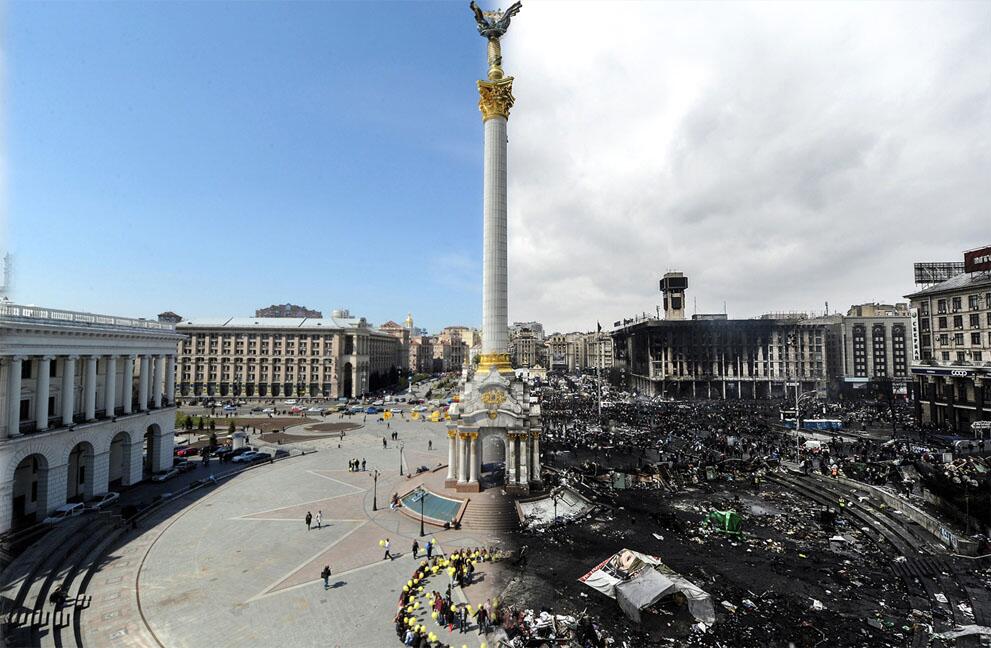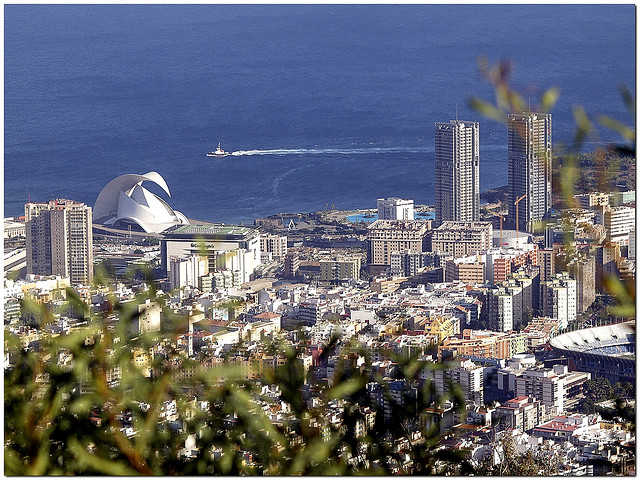India Russia Cooperation
1971 India Pakistan War: Role of Russia, China, America and Britain
 It was in the year 1971 when the two South Asian rivals declared war on each other, causing a great loss to the lives, property and territory in case of Pakistan.
It was in the year 1971 when the two South Asian rivals declared war on each other, causing a great loss to the lives, property and territory in case of Pakistan.
“As the topic sounds controversial, before we begin we would like to tell that every information in this article is sourced. The article was written after a detail analysis of various sources. All the relevant and immediate sources are listed at the end of the Article.”
Background
 |
| Countries Involved in 1971 War, Click to Enlarge |
Before 1971, Bangladesh used to be a part of Pakistan as East Pakistan. According to Najam Sethi, a well respected and honoured journalist from Pakistan, East Pakistan always complained that they received less development funds and less attention from the West Pakistan (Punjabi) dominating government. Bengalis in East Pakistan also resisted the adoption of Urdu as the state language. The revenue from export, whether it was from the Cotton of West Pakistan or Jute of East Pakistan, was handled mainly by West Pakistan. Lastly, in an election conducted just some months before the war, the victory was gained by the East Pakistani leader and still he was not given the power, thus fueling the movement in East Pakistan.
Pakistani army started its operation in East Pakistan to contain the movement and anger among the Bengalis. It is reported that the army was involved in mass killing of public and mass rape of women. India was aware of this and was only waiting for a trigger to start the war. India started receiving huge number of refugees which became unmanageable, pushing it to intervene in the situation. The situation soon attracted the attention of many other countries. Thus the war later was not only between India and Pakistan, but many countries were involved in 1971 Indo Pakistani war (War of Liberation of Bangladesh) directly or indirectly.
In May, Indira Gandhi wrote to Nixon about the ‘carnage in East Bengal’ and the flood of refugees, burdening India. After L K Jha (then the Indian ambassador to US) had warned Kissinger that India might have to send back some of the refugees as guerrillas, Nixon commented, ‘By God, we will cut off economic aid [to India].’
A few days later, when the US president said ‘the goddamn Indians’ were preparing for another war, Kissinger retorted ‘they are the most aggressive goddamn people around.’
US and China Connection, A Little Known Fact
(All Excerpts and Sources from 929 page long Volume XI of the Foreign Relations of the United States)
US sympathized with Pakistan, because of various reasons. Among them two reasons were that: firstly, Pakistan belonged to American led military Pact, CENTO and SEATO; secondly, US believed any victory of India will be considered as the expansion of Soviet influence in the parts gained by India with the victory, as it was believed to be a pro Soviet nation, even though they were non aligned.
In a telegram sent to US Secretary of State Will Roger, on March 28, 1971, the staff of the US consulate in Dhaka complained, ‘Our government has failed to denounce the suppression of democracy. Our government has failed to denounce atrocities. Our government has failed to take forceful measures to protect its citizens while at the same time bending over backwards to placate the West Pakistan dominated government… We, as professional public servants express our dissent with current policy and fervently hope that our true and lasting interests here can be defined and our policies redirected in order to salvage our nation’s position as a moral leader of the free world.’
This brought China in the picture. US needed help from China and the messenger was Pakistan. US approached China very secretly on this issue, who was more than welcoming as it believed that their relations with US could improve from this onward.
During the second week of July, 1971, Kissinger arrived in Beijing, where he heard the words by then Chinese Prime Minister Zhou Enlai: “In our opinion, if India continues on its present course in disregard of world opinion, it will continue to go on recklessly. We, however, support the stand of Pakistan. This is known to the world. If they [the Indians] are bent on provoking such a situation, then we cannot sit idly by.’ On this, Kissinger responded that China should know that the US also backs Pakistan on this issue.
Indira Gandhi, the Indian prime minister in those times decided to tour most of the Western capitals to prove Indian stand and gain support and sympathy for the Bengalis of East Pakistan. On November 4th and 5th she met Nixon in Washington. Nixon straight forwardly told her that a new war in the subcontinent was out of the question.
The next day, Nixon and Kissinger assessed the situation. Kissinger told Nixon: ‘The Indians are bastards anyway. They are plotting a war.’
The pressure increased in East Pakistan, which attracted Indian attention. Indians were preparing for war and were concentrated on the Eastern front. To divert the pressure, on December 3, in the dark of night, even before India could attack East Pakistan, Pakistan opened western front and air raided six Indian Airfields in Kashmir and Punjab.
The CIA reported to the US President that Indian Prime Minister believes that the Chinese will never intervene militarily in North India, and thus, any action from China would be a surprise for India and Indian military might collapse in tensed situation caused by fighting in three different fronts (East, North and West).
Hearing this, on December 9, Nixon decided to send the aircraft carrier USS Enterprise into the Bay of Bengal to threaten India. The plan was to Surround India from all four sides and force them to retreat and leave East Pakistan.
On December 10, Nixon instructed Kissinger to ask the Chinese to move some troops toward the Indian frontier. ‘Threaten to move forces or move them, Henry, that’s what they must do now.’ China feared any action on India might attract Soviet aggression. At this, US assured China that any action taken by Soviet Union will be countered by US to protect China.
Pakistani army had somehow maintained their position and resisted Indian advancement. They believed China is preparing to open the Northern front which will slow down or completely stop the Indian advancement. In fact, the myth of Chinese activity was also communicated to Pakistan’s army to boost their moral, to keep their will to fight and hope alive. Lieutenant General A A K Niazi, the Pakistani army commander in Dhaka, was informed: “NEFA front has been activated by Chinese, although the Indians, for obvious reasons, have not announced it.” But Beijing never did.
In Washington, Nixon analysed the situation thus: ‘If the Russians get away with facing down the Chinese and the Indians get away with licking the Pakistanis…we may be looking down the gun barrel.’ Nixon was not sure about China. Did they really intend to start a military action against India?
Soviet Union / Russian Role in the Indo Pakistan 1971 War.
As India had decided to go on with the war, and Indira Gandhi had failed to gain American support and sympathy for the Bengalis who were being tortured in East Pakistan, she finally took a hard move and on August 9, signed a treaty of peace, friendship and cooperation with Soviet Union.
The State Department historian says, ‘in the perspective of Washington, the crisis ratcheted up a dangerous notch, India and the Soviet Union have signed a treaty of peace, friendship and cooperation.’ It was a shock to America as this was what they feared, expansion of Soviet influence in South Asia. They feared that involvement of Soviet Union could sabotage their plan.
On December 4, just one day after Pakistan raided Indian airfields in Kashmir and Punjab declaring war on India, America’s proxy involvement in the war was becoming clear. Thinking that the Soviet Union might enter the war if they come to know this, which could cause a lot of destruction to Pakistan and American equipment given to Pakistan, US ambassador to the United Nations George H W Bush [later 41st president of the United States and father of George Bush] introduced a resolution in the UN Security Council, calling for a cease-fire and the withdrawal of armed forces by India and Pakistan. Believing India can win the war and Indira Gandhi being determined to protect the interest of Bengalis, Soviet Union vetoed out the resolution, thus letting India fight for the cause. Nixon and Kissinger pressurized Soviets to a very extent but luck did not support them.
[yt video="iQchmaC5-q8"]
Video Translated by : Ella Salomatina, The World Reporter.
On 3rd December, 1971, the World was shaken by another war between India and Pakistan. Pakistani airforce raided Indian cities and airstrips. The Indian PM, Indira Gandhi, brought the country in the state of emergency and ordered Indian army to reflect the aggression. Fierce military operations developed on the ground, in the air and in the sea.
Historic document: “Confidential. December, 10, 1971. Moscow. For the DM Marshal Andrey Grechko.
According to the information from our ambassador in Delhi, in the very first day of the conflict the Indian destroyer ‘Rajput’ had sunk a Pakistani submarine with deep bombing. On December, 4 and 9, the speed boats of India had destroyed and damaged 10 Pakistani battle ships and vessels by Soviet anti ship P-15 missiles. In addition 12 Pakistani oil storage were burned in flame.”
Britain and Soviet Confrontation
Confidential – The Commander of the Military Intelligence Service Gen. Pyotr Ivashutin.
“The Soviet Intelligence has reported that the English operative connection has come nearer to territorial India, water led by an aircraft carrier “Eagle” [On December 10]. For helping friendly India, Soviet government has directed a group of ships under the command of contr-admiral V. Kruglyakov.”
Vladimir Kruglyakov, the former (1970-1975) Commander of the 10th Operative Battle Group (Pacific Fleet) remembers:
“I was ordered by the Chief Commander to track the British Navy’s advancement, I positioned our battleships in the Bay of Bengal and watched for the British carrier “Eagle”.
But Soviet Union didn’t have enough force to resist if they encountered the British Carrier. Therefore, to support the existing Soviet fleet in the Bay of Bengal, Soviet cruisers, destroyers and nuclear submarines, equipped with anti ship missiles, were sent from Vladivostok.
In reaction English Navy retreated and went South to Madagascar.
Soon the news of American carrier Enterprise and USS Tripoli’s advancement towards Indian water came.
V. Kruglyakov “ I had obtained the order from the commander-in-chief not to allow the advancement of the American fleet to the military bases of India”
We encircled them and aimed the missiles at the ‘Enterprise’. We had blocked their way and didn’t allow them to head anywhere, neither to Karachi, nor to Chittagong or Dhaka”.
The Soviet ships had small range rockets (only upto 300 KM). Therefore, to hold the opponent under the range, commanders ran risks of going as near to the enemy as possible.
“The Chief Commander had ordered me to lift the submarines and bring them to the surface so that it can be pictured by the American spy satellites or can be seen by the American Navy!’ It was done to demonstrate, that we had all the needed things in Indian Ocean, including the nuclear submarines. I had lifted them, and they recognized it. Then, we intercepted the American communication. The commander of the Carrier Battle Group was then the counter-admiral Dimon Gordon. He sent the report to the 7th American Fleet Commander: ‘Sir, we are too late. There are Russian nuclear submarines here, and a big collection of battleships’.
Americans returned and couldn’t do anything. Soviet Union had also threatened China that, if they ever opened a front against India on its border, they will receive a tough response from North.
Role of Sri Lanka
Pakistani high commissioner in Colombo, Seema Ilahi Baloch said in her speech addressed to Lanka-Pakistan business council in Colombo in June, 2011 that Pakistan can never forget the help which Sri Lanka offered to Pakistan during the 1971 war between India and Pakistan.
“We in Pakistan cannot forget the logistical and political support Sri Lanka extended to us in 1971 when it opened its refueling facilities for us,” she said.
Pakistani Aircraft destined to East Pakistan flew taking a round of India via Sri Lanka, since they could not fly over Indian sky. This forced Pakistan to get its aircrafts refueled on the way. Sri Lanka eager to help Pakistan, allowed Pakistani aircrafts for refueling at the Bandaranaike airport.
The war ended with the surrender of Pakistani army as they missed American help due to quick Russians who blocked both America and China from preventing India to advance. With this, a new country named Bangladesh was formed, which was recognized by the whole world and by Pakistan in the following year with Shimla Agreement.
Sources:
1971 War: How the US tried to corner India
Volume XI of the Foreign Relations of the United States by US State Department
December 1971: Indo-Pakistani conflict at sea – IV
India Russia Cooperation
Diamond Diplomacy: India and Russia Natural Allies in Reshaping Diamond Industry

India and Russia traditionally enjoy warm relations since the Soviet era. It has been recently due to several geopolitical changes in a short period of time that the two countries are drifting apart. While the two countries maintain an understanding of each other, their priorities and personal interests do not align as much as they did earlier.
In the midst of these global challenges, the two countries have been identifying new trade opportunities and diamond comes as a perfect solution. Unfortunately, both the countries have been struggling to meet their bilateral trade goals, which is mainly military based. Russia is the largest producer of the rough diamond. It’s state-owned diamond mining firm Alrosa accounts for 25 percent of the world output. India, on the other hand, is the leader in diamond processing. 93% of world’s diamond, whether they are in industrial use or in solitaire diamond jewellery, has been on Indian soil once for processing.
Most of the Russian diamond eventually ends up in India for processing which is worth billions of dollars. However, a very small part of it comes via direct import. Most of the Russian diamonds take a long route before arriving in India, thus raising costs. In 2013, direct import of Russian diamond into India amounted at $767 million.
India understands the value of direct import of Rusian diamonds and how this can help grow trade between the two countries, which has not met its potential despite decades of friendly relations. In 2016, India declared reforms ending the roles of intermediaries that were causing roadblocks in the import of Russian diamond. India also created a special customs zone in Bharat Diamond Bourse in Mumbai with relaxed taxation and customs to allow easy import of Russian diamonds. Moreover, India is testing an Israeli technology to ensure a standardised process of grading polished diamonds, which is important given the potential of diamond trade becoming another major area of cooperation between India and Russia.
This new form of diplomacy will create a broader business cooperation involving private players and adding at least $4 billion to $5 billion in trade between the two countries. Currently, 50% of diamonds processed in India head their way to the US market. Russia accounted for only $8.9 million worth export of diamonds from India in 2011 despite Russia having $16 billion worth of diamond retail industry. This makes Russian market impressive for Indian companies making diamond diplomacy a win-win approach.
So if you are going to a jewellery store or buy diamond pendants online, you can thank this low profile diamond diplomacy between India and Russia.
India Russia Cooperation
Reinvigorating the Indo-Russian camaraderie
India and Russia have been de facto geopolitical allies with the alliance dating back to Cold war era. Last week’s visit to India at the annual bilateral meeting by Vladimir Putin was as strategic as it has been symbolically perceived by the world. It has proved the mettle of Indian and Russian ties reconciling a strong partnership despite the ongoing global geopolitical realignment.
The Indo-Russian annual bilateral meeting came at a time when Russia is battling with the ghosts of plummeting oil prices and facing the heat of Western sanctions springing from her Crimean annexation. On the other hand India is trying to catalyse her economic growth and improve her global standing under the new leadership. There have been hiccups in Indian and Russian friendship given the recent developments. Russian trade and arm deals with China and Pakistan respectively have irked India while India’s decision to buy Rafale fighters and Apache copters from France and US have met disapproving bristles from Russia. The meeting hence came at a very crucial juncture for both the countries.
Putin’s visit that spanned less than 24 hours has definitely boosted the Indo-Russian ties with more strength. Putin brought along with him a delegation of 15, comprising of Russian business magnates to attend the summit. Putin-Modi meeting at the summit culminated with 20 agreements being signed by the leaders. Narendra Modi went on to say that Russia shall remain the biggest defence supplier to India. India and Russia signed major agreements on nuclear energy, crude oil and gas, defence, fertilizers, diamonds and space.
Russia will be building 12 nuclear plants in India over the next two decades as per the nuclear agreement. Another major agreement involves Russia building her multi-role aircrafts in India; this would be first major defence project under Modi’s flagship scheme, “Make in India”. Russia’s state-owned Rosneft would be supplying 10-million-tonnes of oil per year to India. Apart from that joint hydro-electric power projects have been agreed upon. Both leaders have agreed upon a decadal roadmap to transform and improve the Indo-Russian bilateral trade.
The trade and defence agreements show the vision of both the leaders to take the Indo-Russian relations to a higher trajectory. Certainly sends out a clear message about India and Russia being all-weather allies.
India Russia Cooperation
Why India should choose Russia over USA

India’s relations with the Soviet Union can be traced back to the 15th century when the Russian merchant Afanasy Nikitin visited Northern India and published an account of his travels. Soviets started developing friendly relationship with India since 1950s. The government of India approached the Soviet Union only when it got disgusted with the Anglo-American attitude of patronizing Pakistan at the cost of India because the latter had the courage to take independent line of action on several world issues. India and the Soviet Union exchanged military attaches in their respective embassies in 1955. By now India had signed numerous pacts with USSR. The weapons and defense equipment provided by Soviets were cheaper than that of the Wests. The Soviets also provided facilities to assemble the aircrafts and other equipment in India and gave training to Indian soldiers to operate sophisticated weapons. They dealt with India in soft currency unlike other countries who demanded hard currency. This system continued even after collapse of Soviets and development of Russia. The Russians considered India as an ally and continued selling weapons to India. Russia is India’s biggest arms supplier. This helps Russia to maintain its economy and fund its weapons industry. In recent years, India had been trying to develop its own aircraft with the help of the Russians. In the defence arena, the Indo-Russian relations have evolved from buyer-seller relationship to joint collaborators in such big-ticket projects as Fifth Generation Fighter Aircraft (FGFA) and BrahMos missile. The biggest USP of Russia for India is while other countries are reluctant to transfer technology; the Russians do it without any fuss.
India cannot afford to sacrifice the current military cop-operation with Russia. In material technologies and strategic raw materials inheritance, Russian strength is well acknowledged, Russia is far better source for easier technology transfer than what India can ever hope from USA. One cannot forget that George W. Bush is pensioned and the U.S. Congress has a substantial chunk of Congress members heavily opposed to India’s nuclear power status due to India’s positions on NPT and CTBT. Moreover, India got itself tied-up with the Russians. India will need Russian support, be it on Kashmir or other matters at the UNSC, if India radically sways away from Russia, Vladimir Putin could anytime open up Pakistan military aid option. One cannot decline to discern that Russia is a factual Eurasion power enjoying the largest land mass in the world. It may possibly have the largest nuclear submarine fleet and one does not know how many Russians submarines are floating around India or the USA. Hence, irritating one such as Russia is out of question for India. Though, such an event doesn’t seem possible in the near future because Russia has always been friendly to India even during Soviet times when Uncle Sam looked the other way supporting Pakistan dictatorship against India. Any India connivance with a pro-America military alliance will cost us blood and other economic problems. India’s friendship with Iran and Afghan would get strained. This would result in decrease in supply of oil from Iran as India will have to follow USA’s policy of sanctions on Iran and it will also make hostile situations between India and Muslim countries. On the other hand, Russia supports both, Iran and Afghan. Russia has long been an invited observer of OPEC meetings and know their Arab friends quite well.
Russia’s game in the world is open. Nonetheless, it does not foreclose India’s military cooperation with democratic forces in Asia vis-à-vis a potential Chinese power aggression. India needs to culture Russian relationship deeper so that it works as an antidote to any possible Sino-Pak aggression on India. American help in such a situation would mean confrontation, a Russian help peaceful compromise. If both China and Pakistan were to gang-up on India, the US, in order not to risk a nuclear war, will stay neutral. Russia, on the other hand, would provide intermediary help, because Russia has a certain strategic leverage on China. China needs Russia’s strategic alliance for SCO (Shanghai Cooperation Organization) to succeed. The SCO is a Eurasian Silk Road, which in the long run expectedly change the entire economic landscape of Eurasian continent, guaranteeing economic future of all involved. Why should India forego a chance for that reality by entering into U.S.–tailored Asian defense alliance principally designed to torpedo such developments to keep up U.S. predominance.
Moreover, USA is one of the most self-centric country in the world. History is witness that USA is not a reliable partner in several areas, politics, military and hardware spare parts. India will be optioned to buy whole-system units at high prices, probably with loans from US Banks to get India mortgaged to the US as a permanent financial slave. Whenever and wherever US helped, it made sure it got something solid in return.
Russia is a much more reliable partner as it has helped India on several occasions in many fields, politics, military, business, etc. Let it be the 1971 War with Pakistan or Nuclear tests or many other fields, it was Russia and former Soviet Union which stood by India and helped it to come over hard times. India will have to choose its friends and foes carefully in order to succeed in this modern world.
TWR Note: Articles under students’ column are written by school going students. Readers and commenters are requested to maintain healthy debate avoiding the use of improper language. Please stay away from directing personal attacks.
-

 Technology12 months ago
Technology12 months agoHow Virtual Fly Elevates the World of Flight Simulators
-

 Travel12 months ago
Travel12 months agoImmerse Yourself in Nature: Explore Forest Bathing with a New Guidebook
-

 Europe12 months ago
Europe12 months agoBarcelona and Athens: cities that will leave an everlasting impression
-

 Health12 months ago
Health12 months agoExperience in clinical quality: What is it, and why is it important?
-

 Travel8 months ago
Travel8 months agoEnjoy a luxury holiday in Zanzibar
-

 Culture and Lifestyle8 months ago
Culture and Lifestyle8 months agoDo you want to surprise a special someone?
-

 Business8 months ago
Business8 months agoServiceNow Development Consultancy: Business Process Automation as Disruptive Technology
-

 Environment8 months ago
Environment8 months agoThe Future of Fashion: The Rise of Eco-Conscious Brands in the Luxury Market




